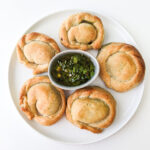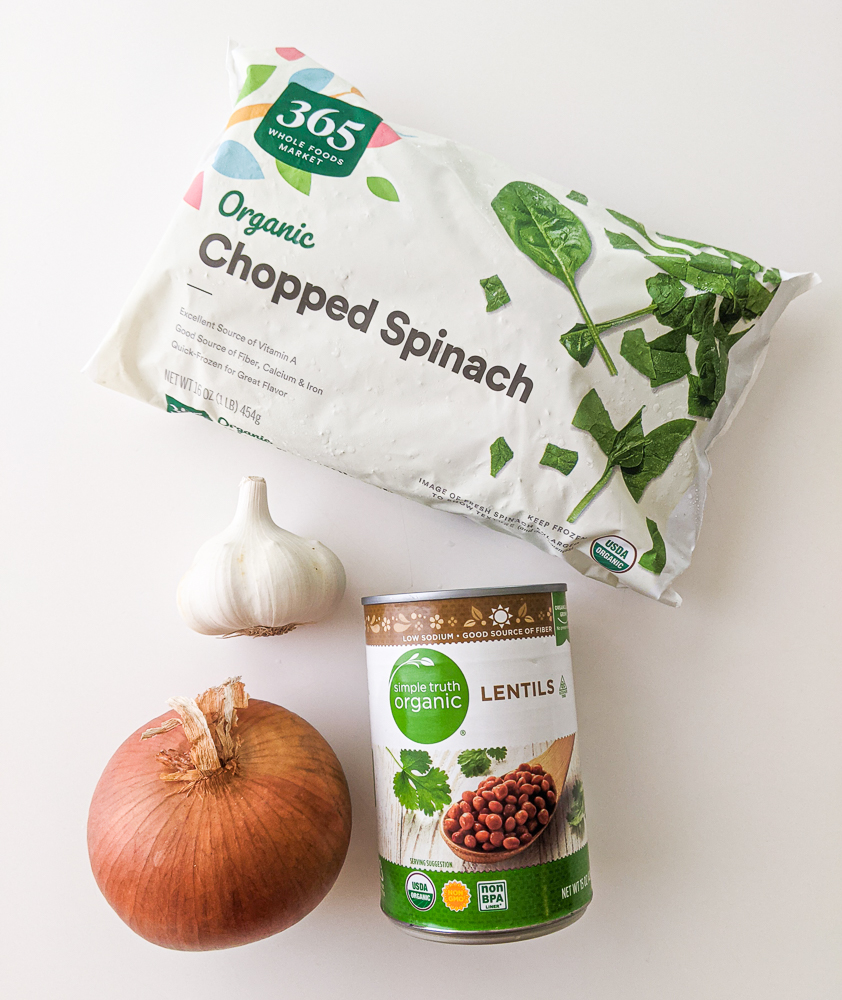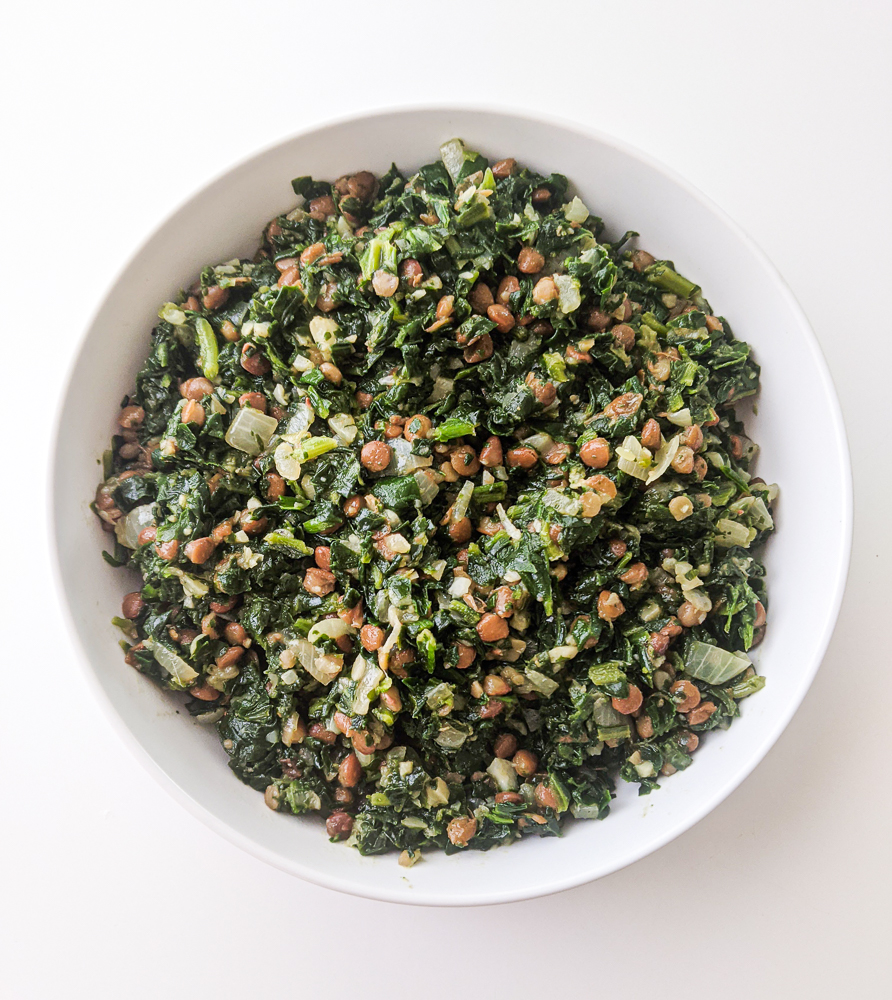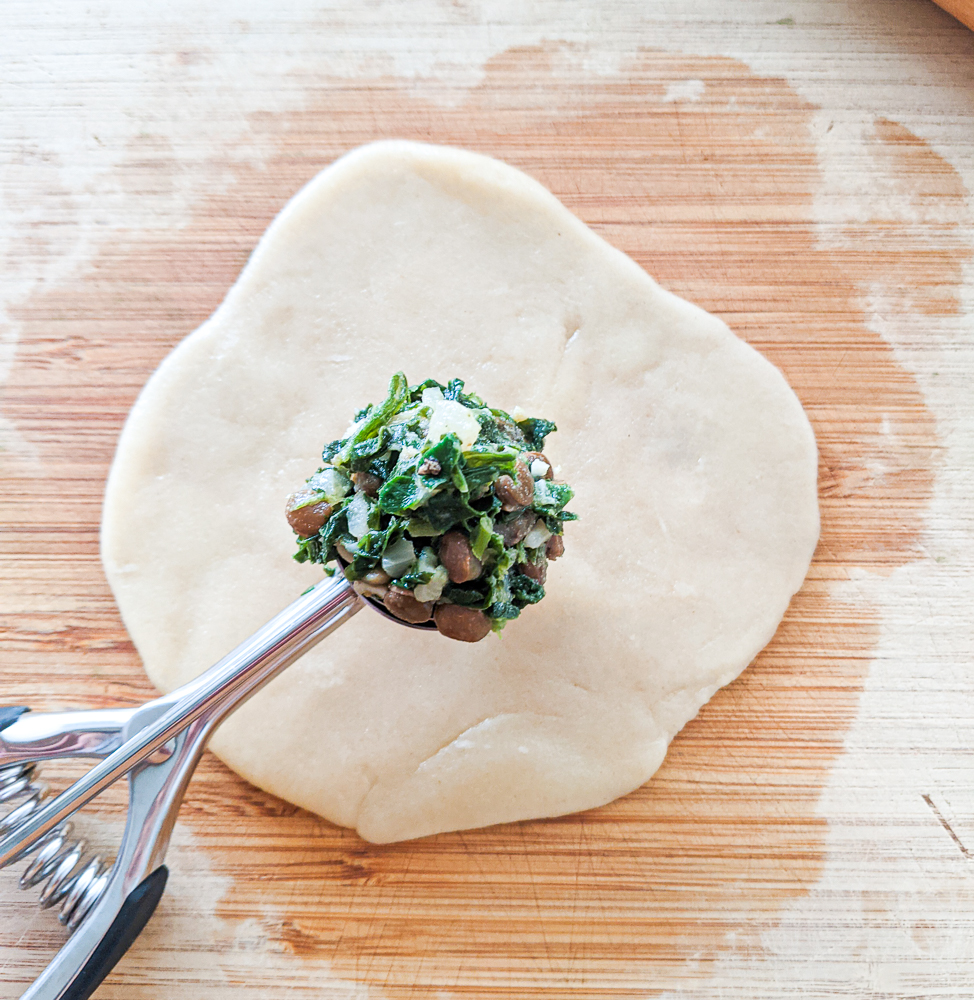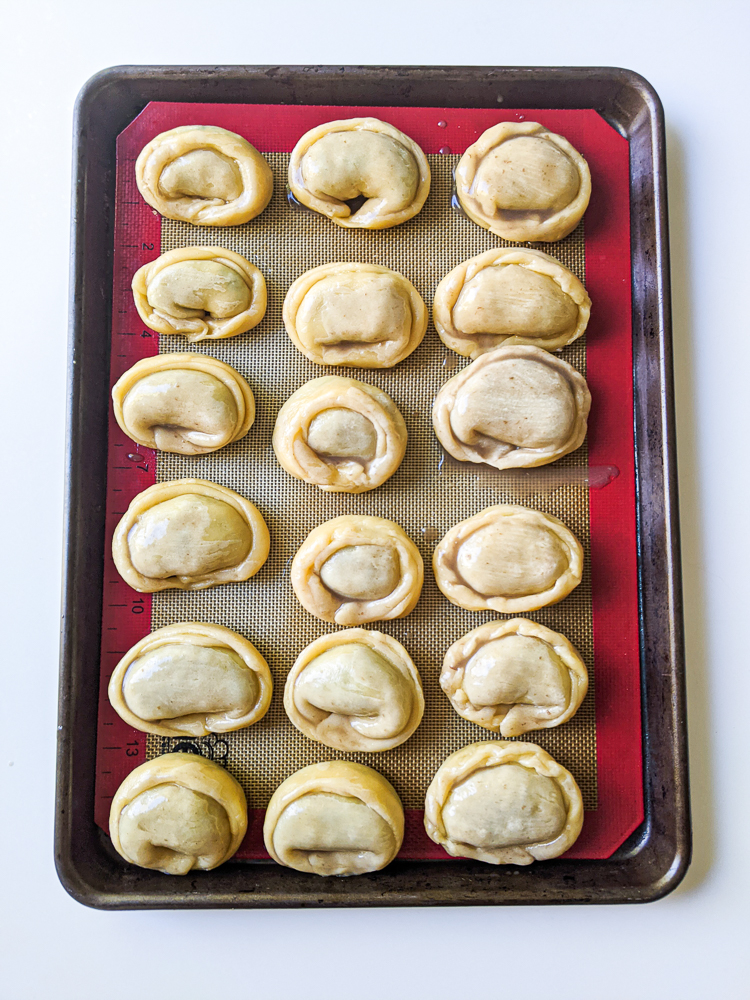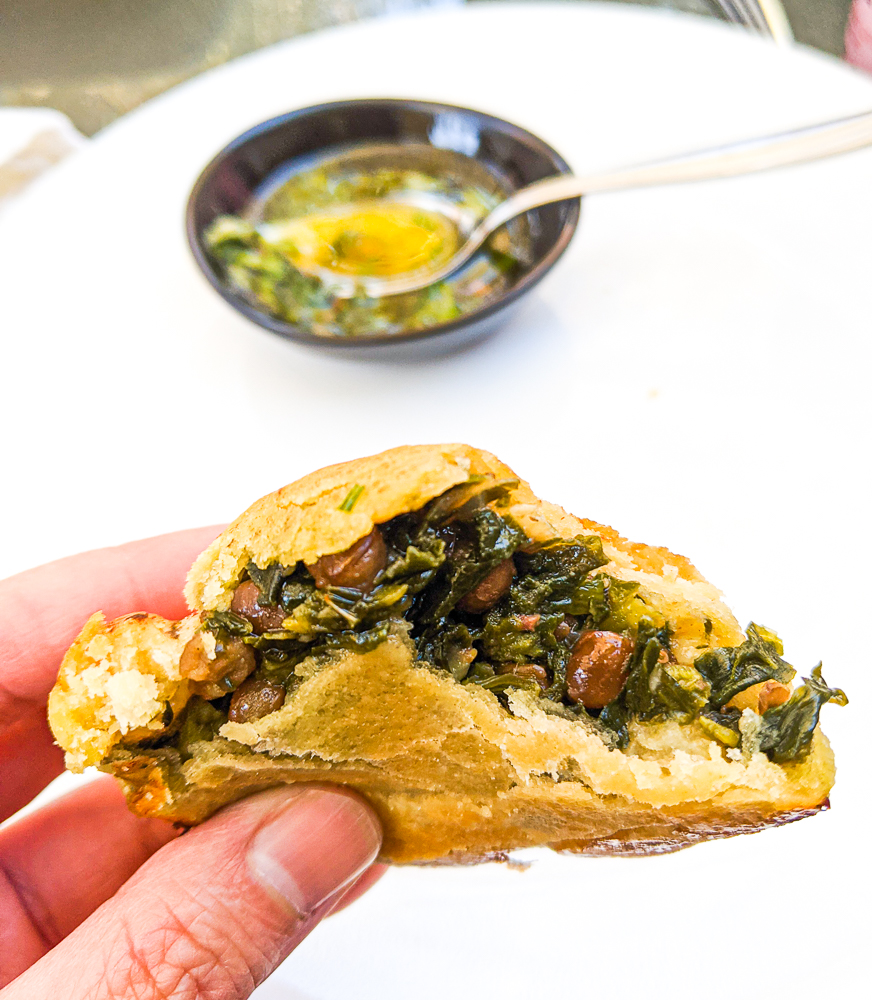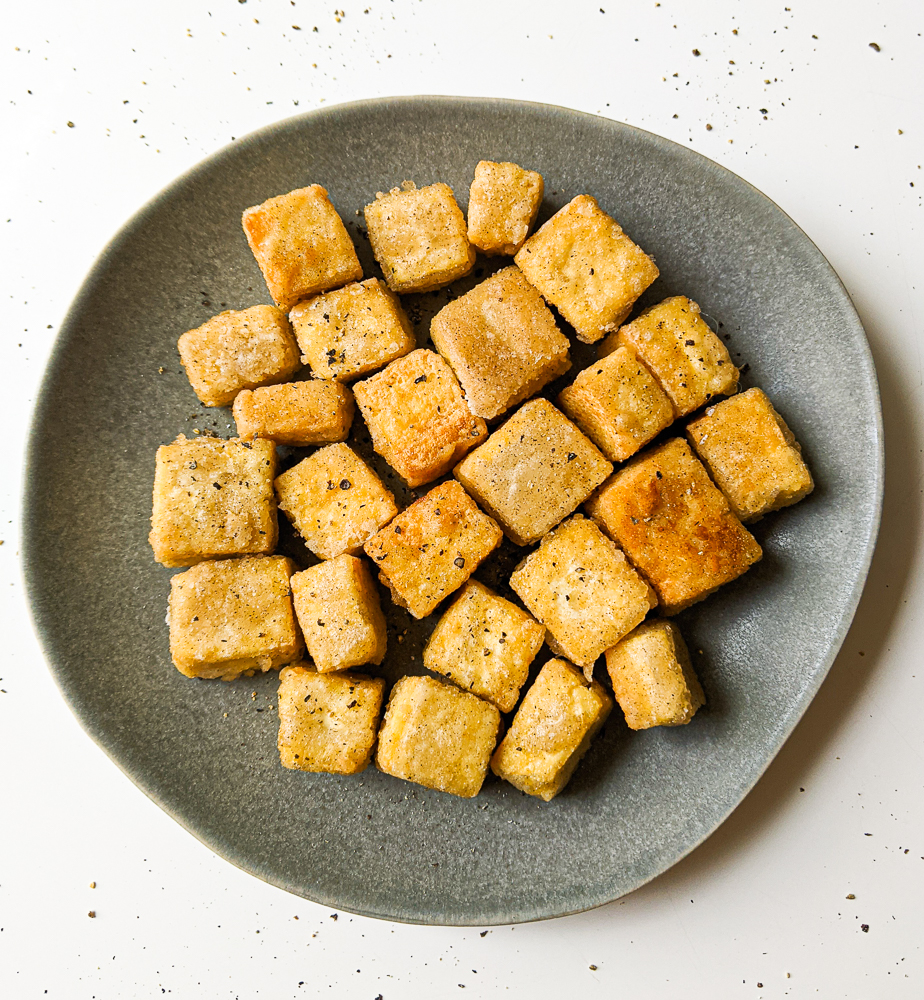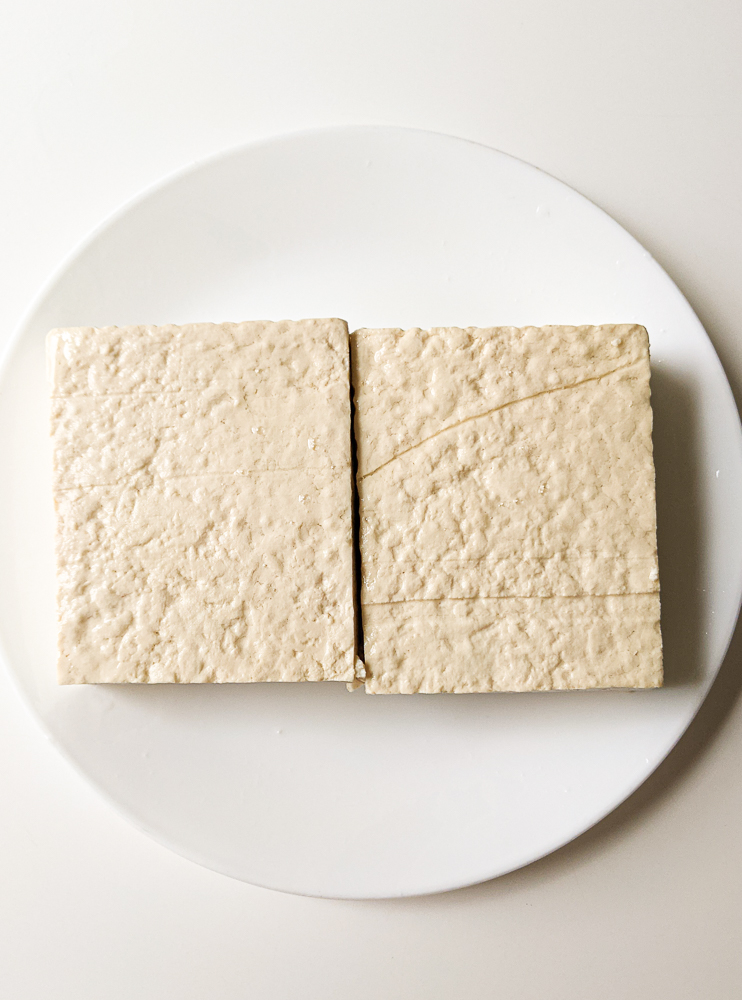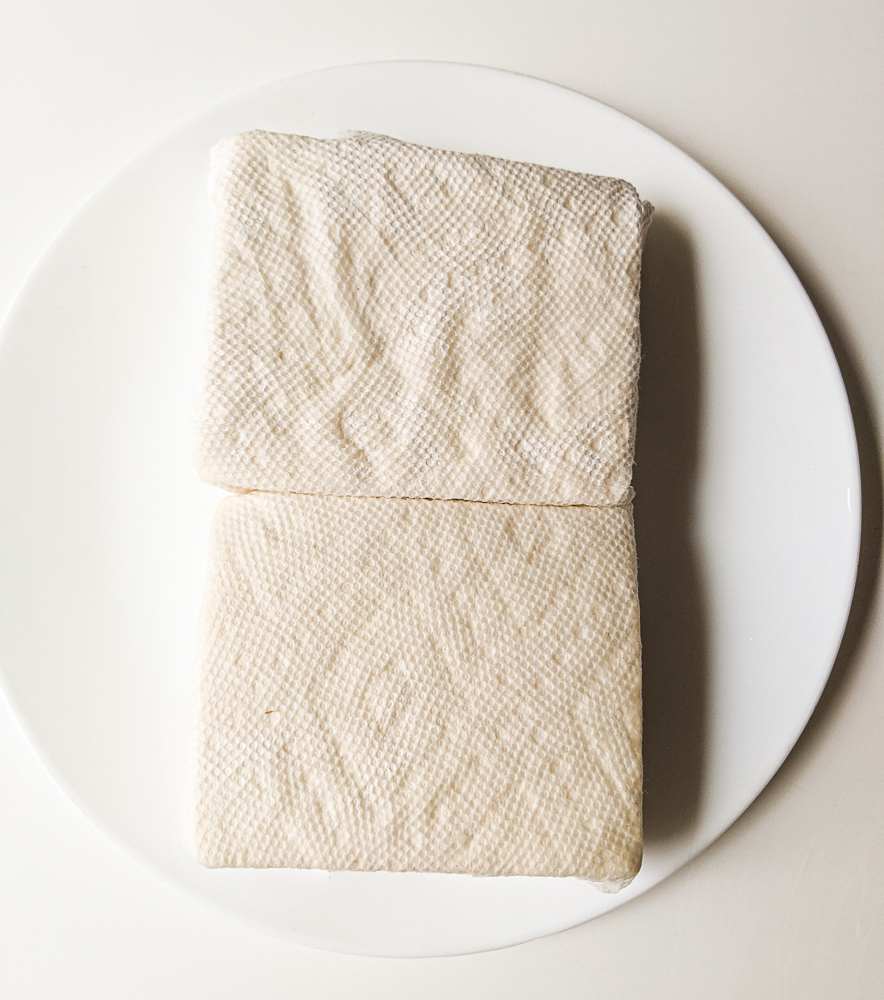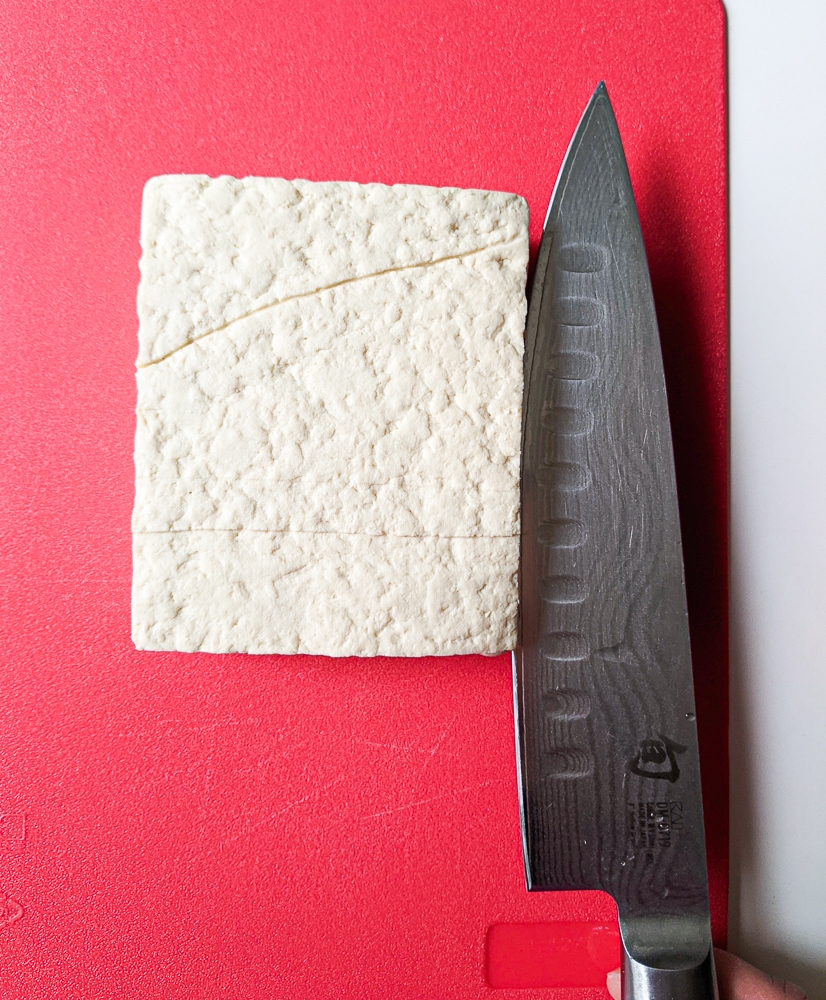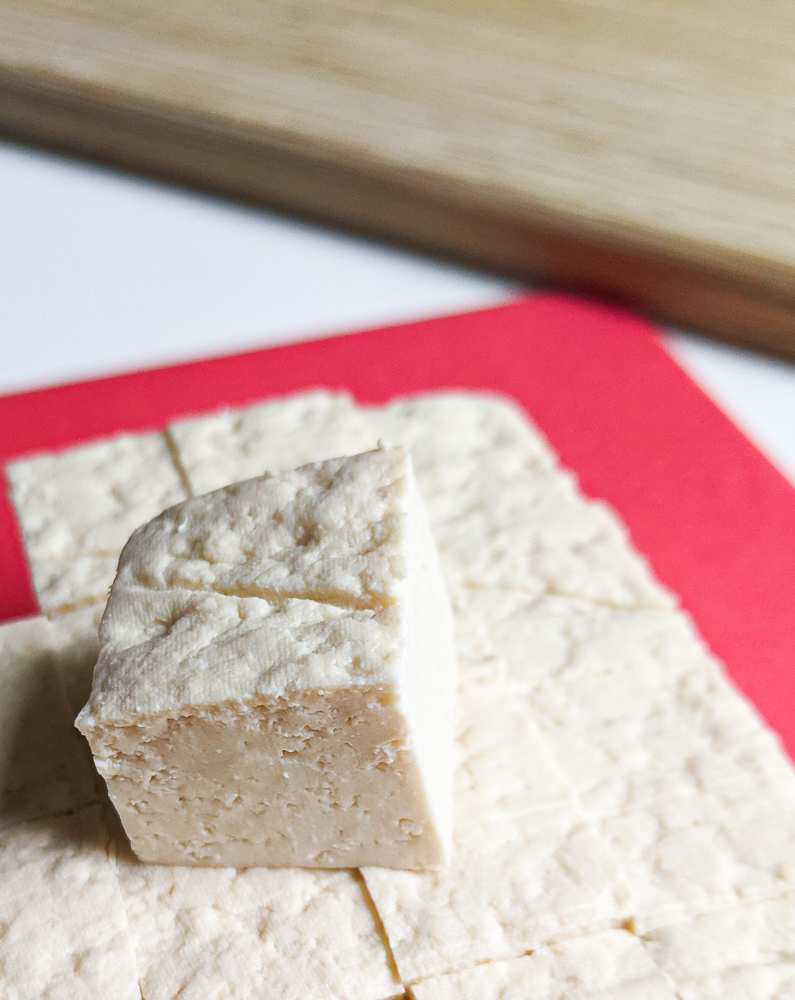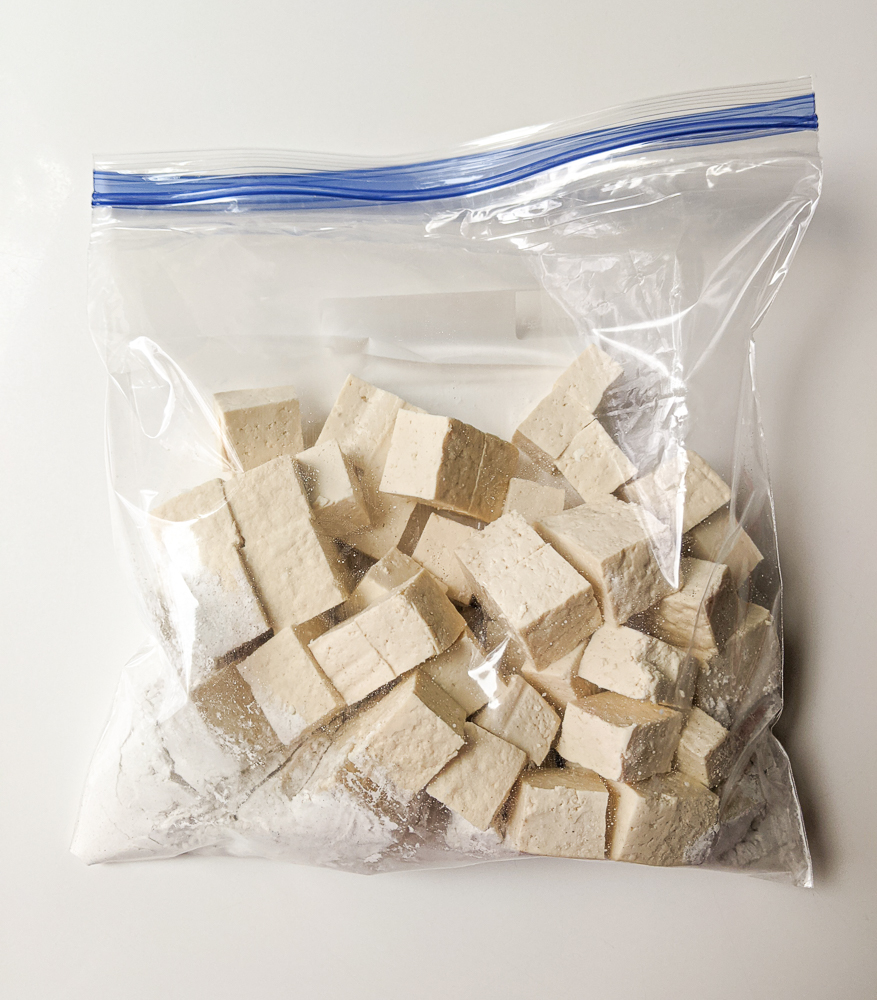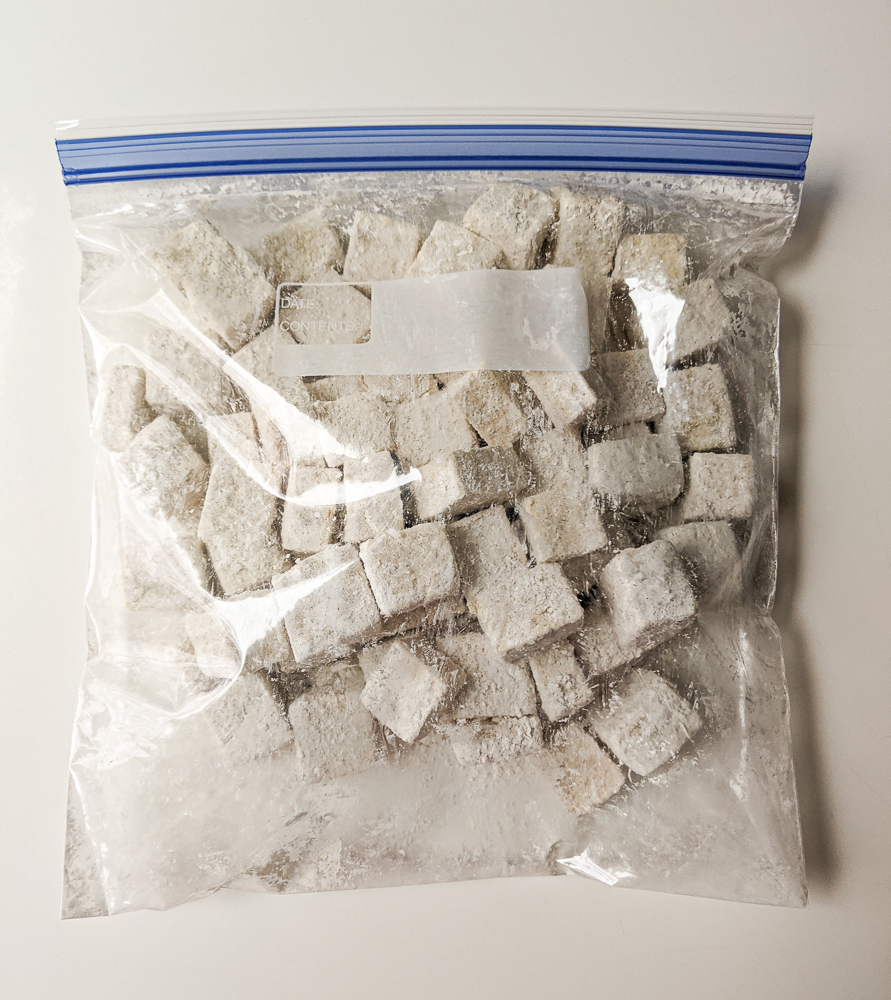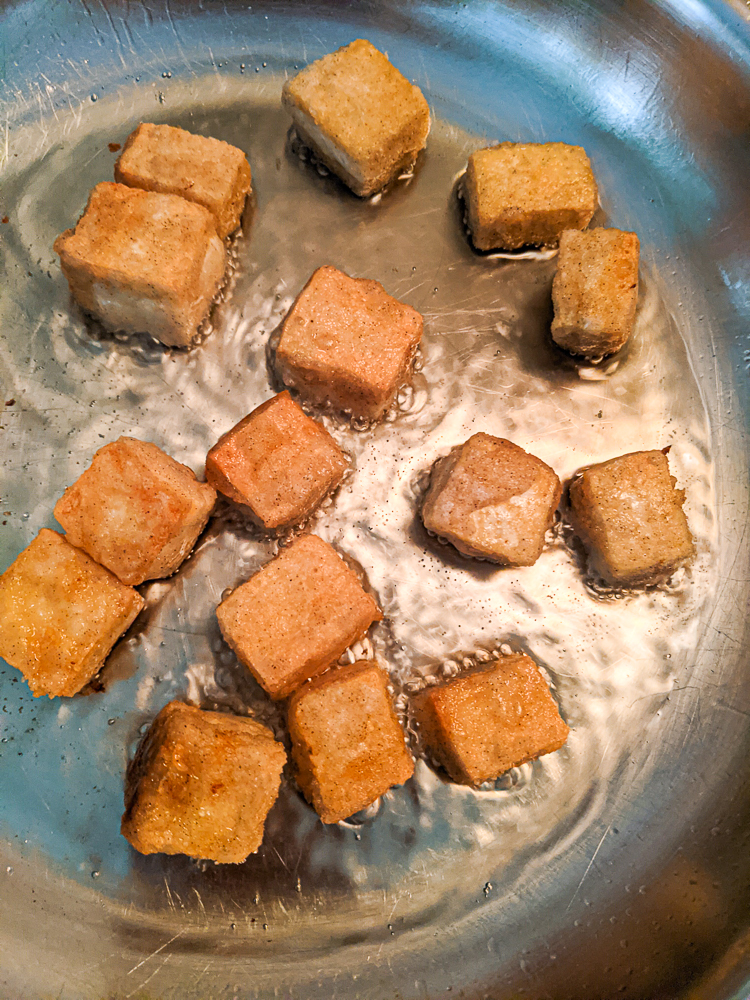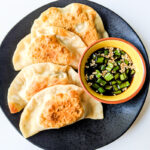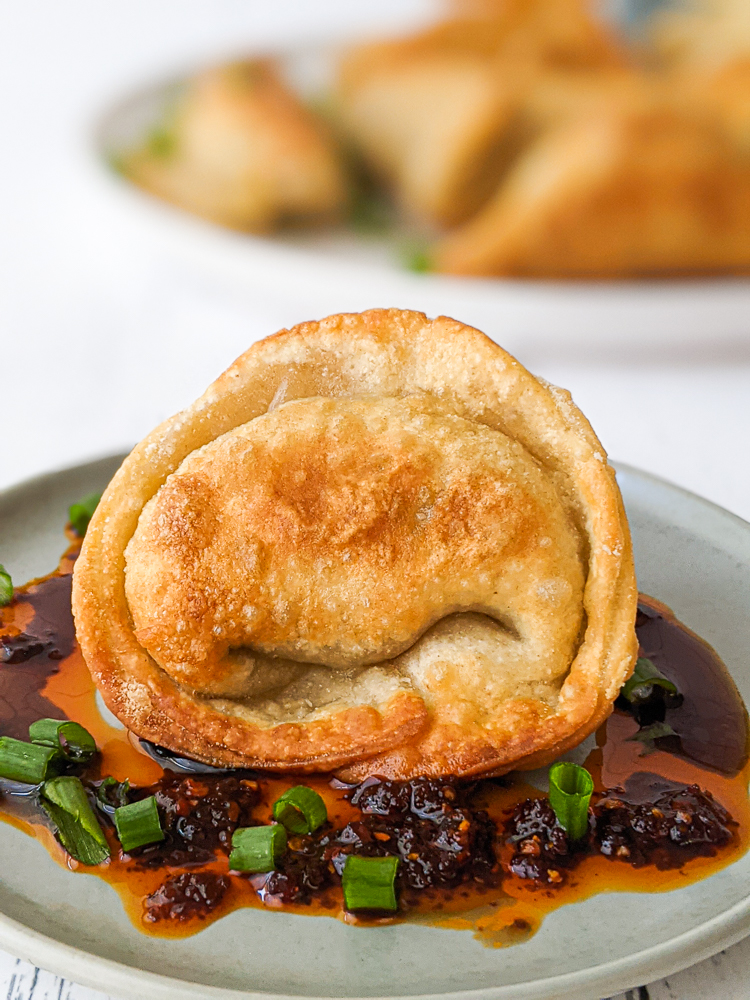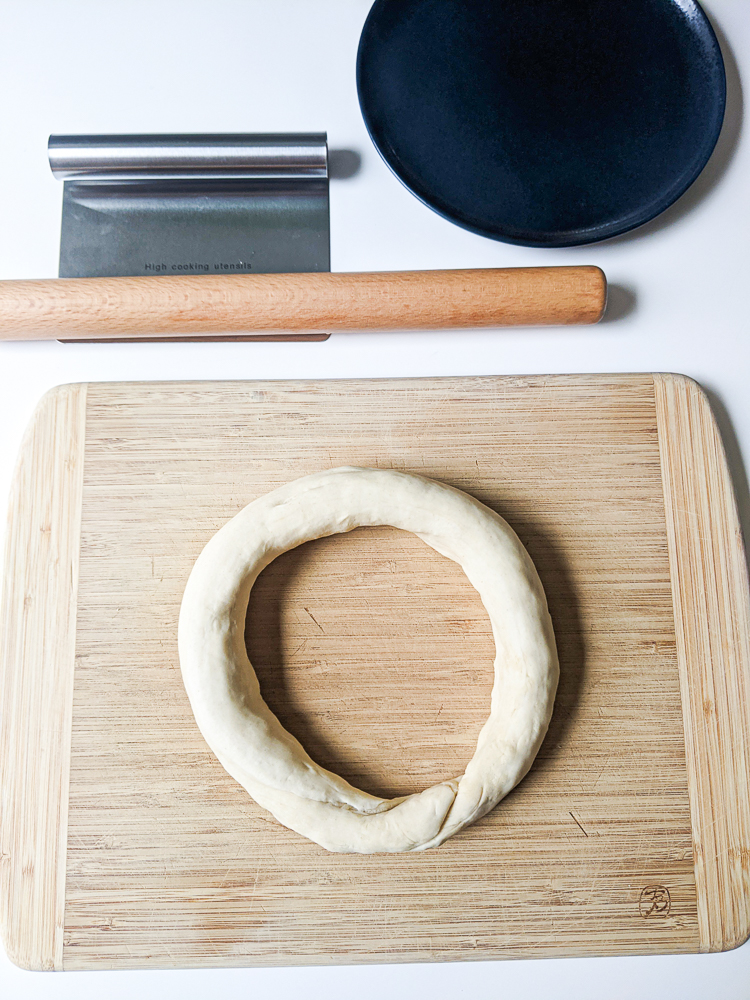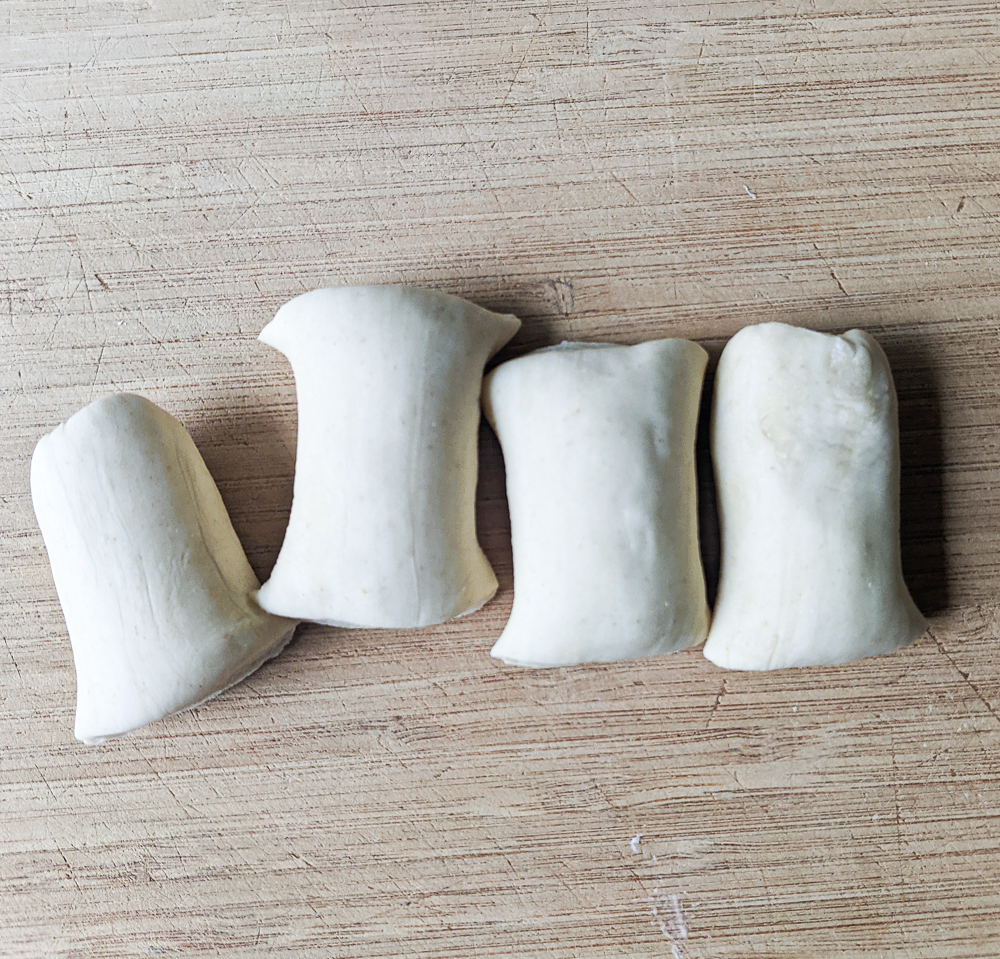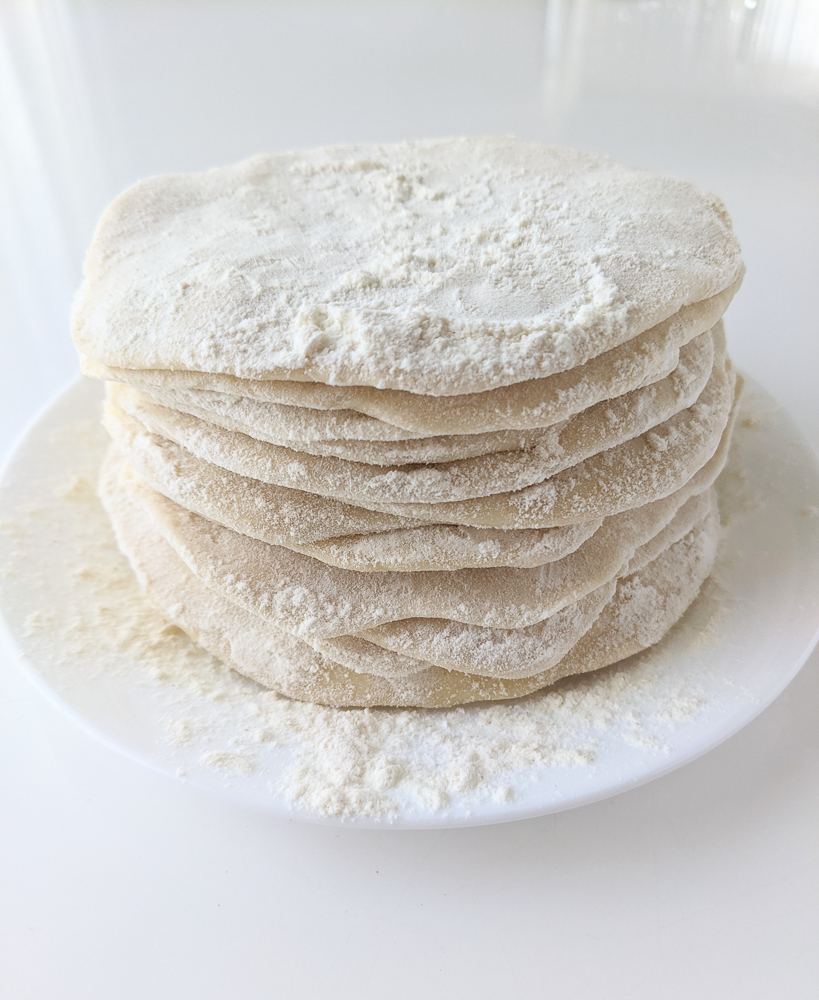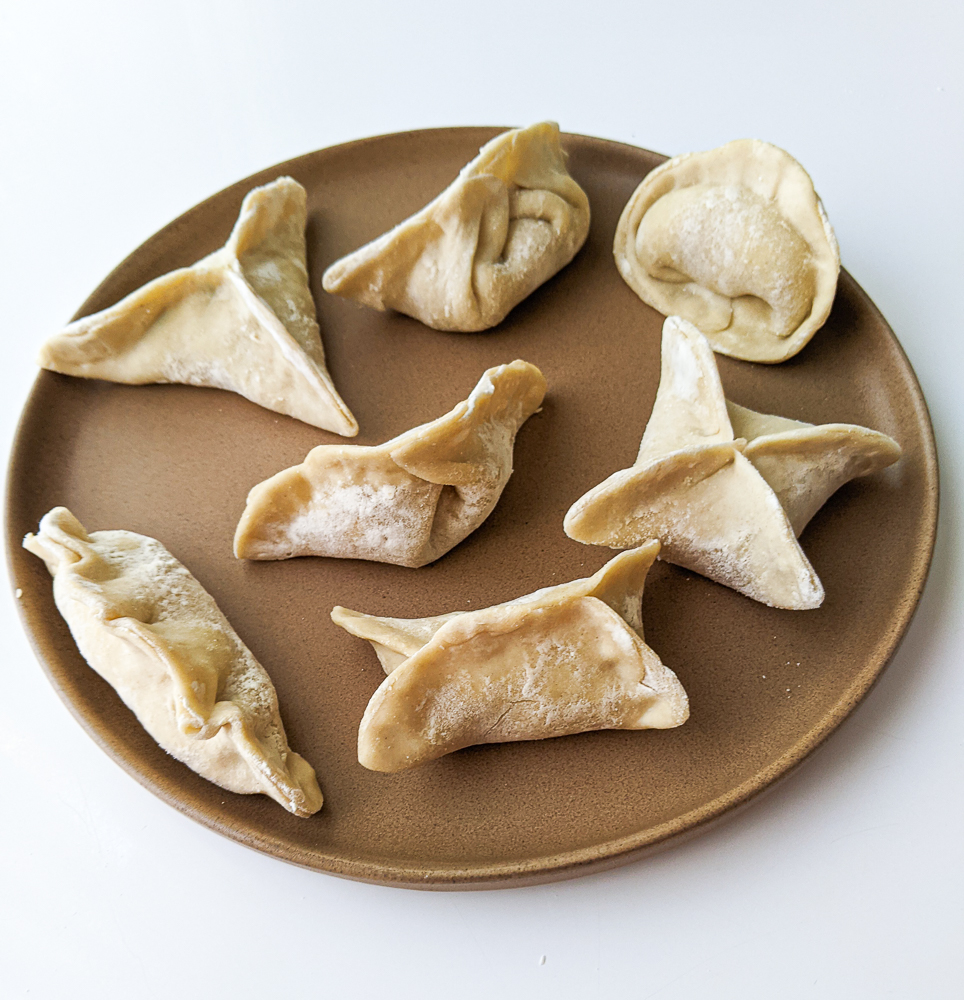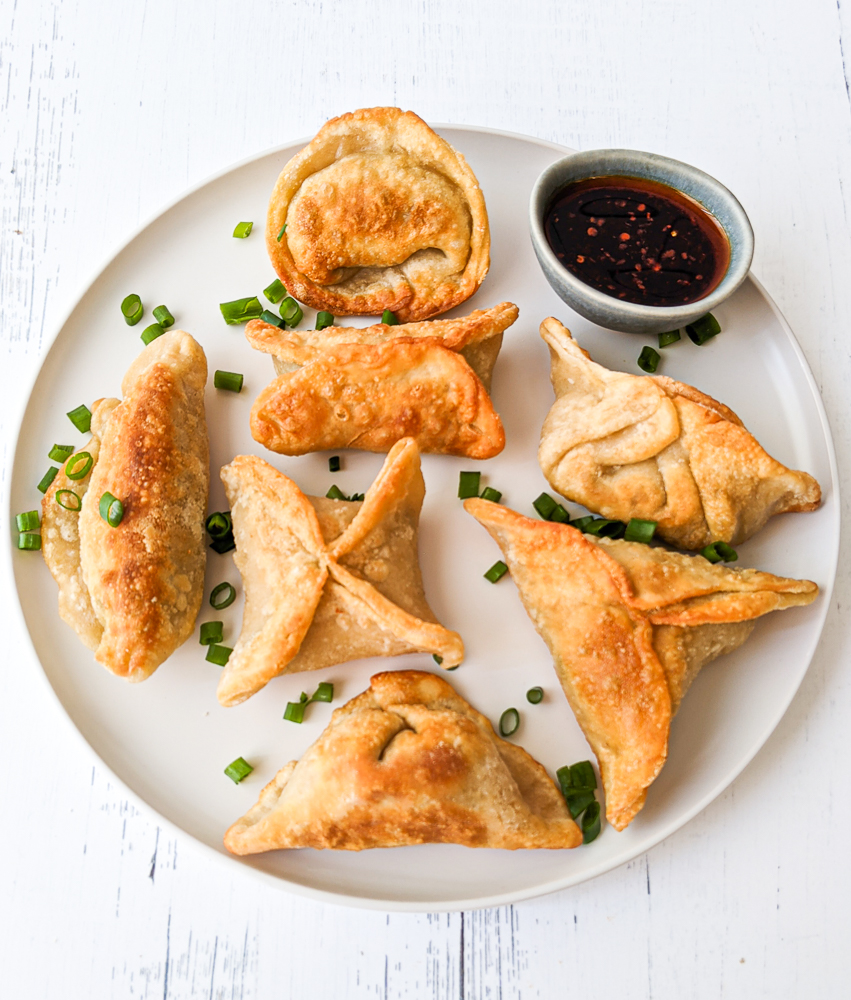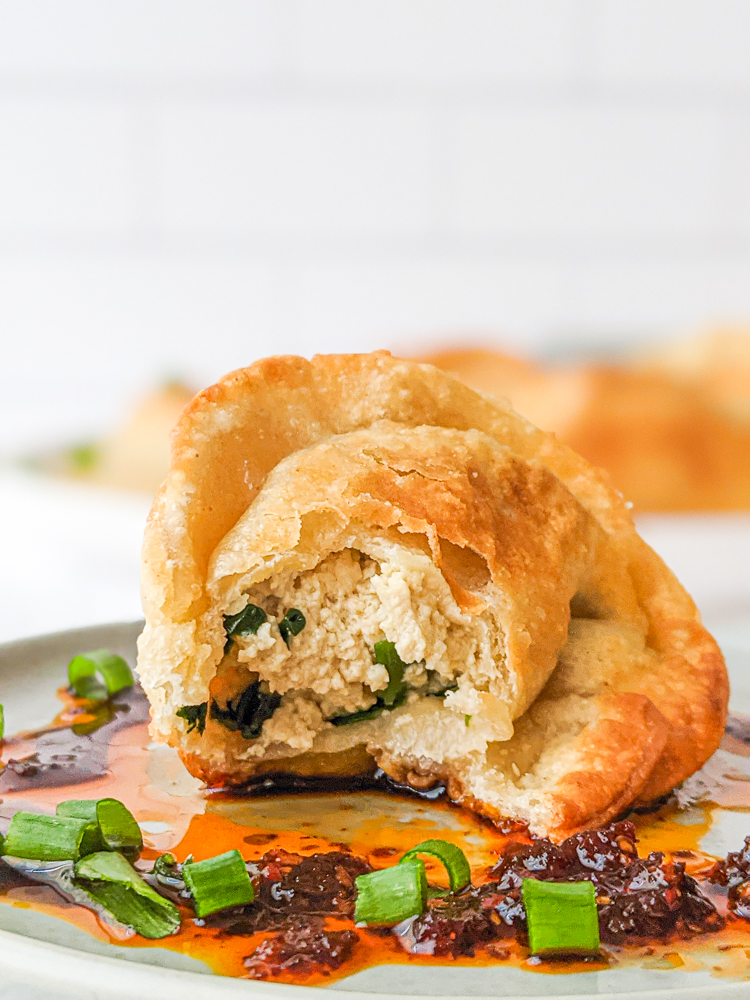
Today I am sharing a tutorial for something super simple and familiar: How to Freeze Bananas. Since berry season is coming up, there will be many smoothies and smoothie bowls around here. One thing we always rely on to sweeten up our smoothies are bananas.
This is my first “non-recipe” post that’s still related to recipes. Since I started to rely on my own blog to look up recipes when cooking or baking, I’ve noticed that I don’t really have a bank of internal references I can rely on.
For example, I’m constantly looking up how much flour weighs and I’ve started conversions on jars and bags to help me out. It’s kind of a pain so I’d rather have my own page instead of having to search for it each time. There are also specific topics I want to cover like: why I use soy so much, the racism behind MSG’s reputation, food storage guidelines, different types of food preservation, why a kitchen scale is a must, different types of coconut oil, etc.
I’m starting to learn as well that within the recipes I write, there might be parts of each recipe that aren’t clear to everyone. For example, not everyone knows what it means to brine or blanch something. I didn’t for the longest time because it just wasn’t a cooking method my family used growing up.
So I’d like to more mindful and inclusive about the recipes I put up by being able to link to internal reference pages.
I used to be awful about freezing produce for future use. I usually would just cut up whatever it was into a few pieces and stick them in a food storage bag and throw them in the freezer. Then I’d be annoyed that I’d take the bag out of frozen whatever and there’d be a huge chunk of whatever. That meant I’d have to cut again or even, gasp, thaw!
Obviously that method of freezing bananas was pointless. What was the point of cutting them up if I’d have to cut them up again?
So I had to learn how to freeze bananas. Once we got our first powerful blender ages ago, I knew I had to figure it out or else I’d tear my hear out. There are loads and loads of tutorials out there with different methods, but below is the best method for me!
To freeze bananas, I start off with ripe, spotty bananas.

I then slice the bananas and place them on a parchment paper-lined tray in rows like this.
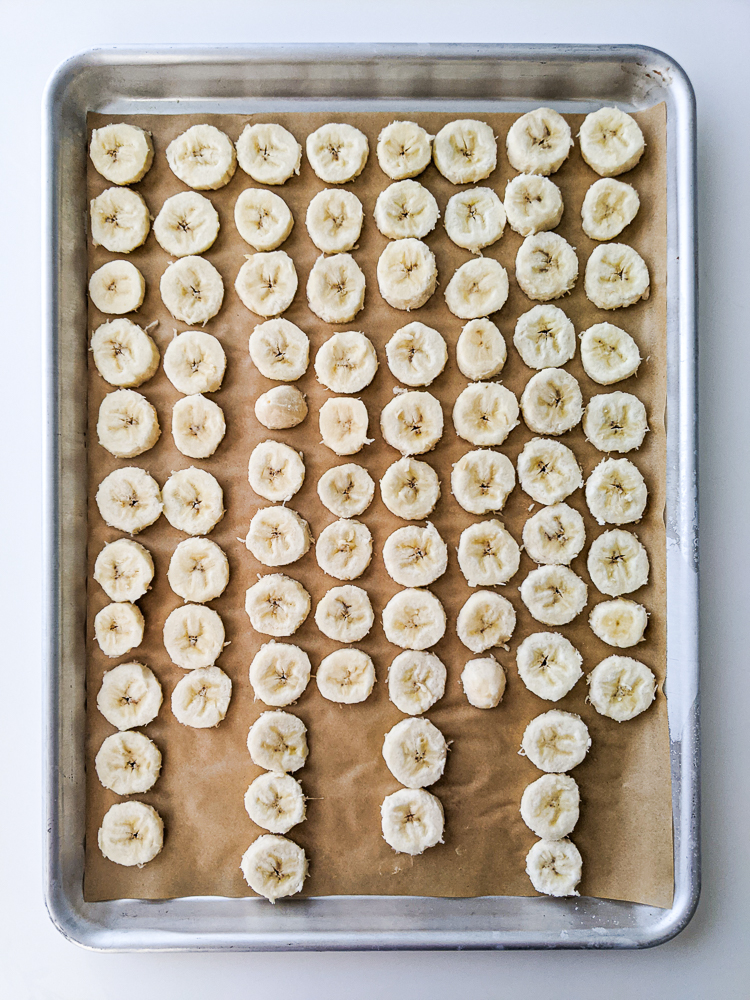
The first two rows (well columns based on the orientation of the photo) are one banana. So there are four bananas of about 20-24 slices each. I stick these in the freezer for at least a couple of hours and when I’m done, I bag them and then weigh them so I know how much one banana weighs.
You can also just weigh them in a bowl for more accuracy, before putting them in the bags, but the bag doesn’t weigh enough to make a difference, in my experience.
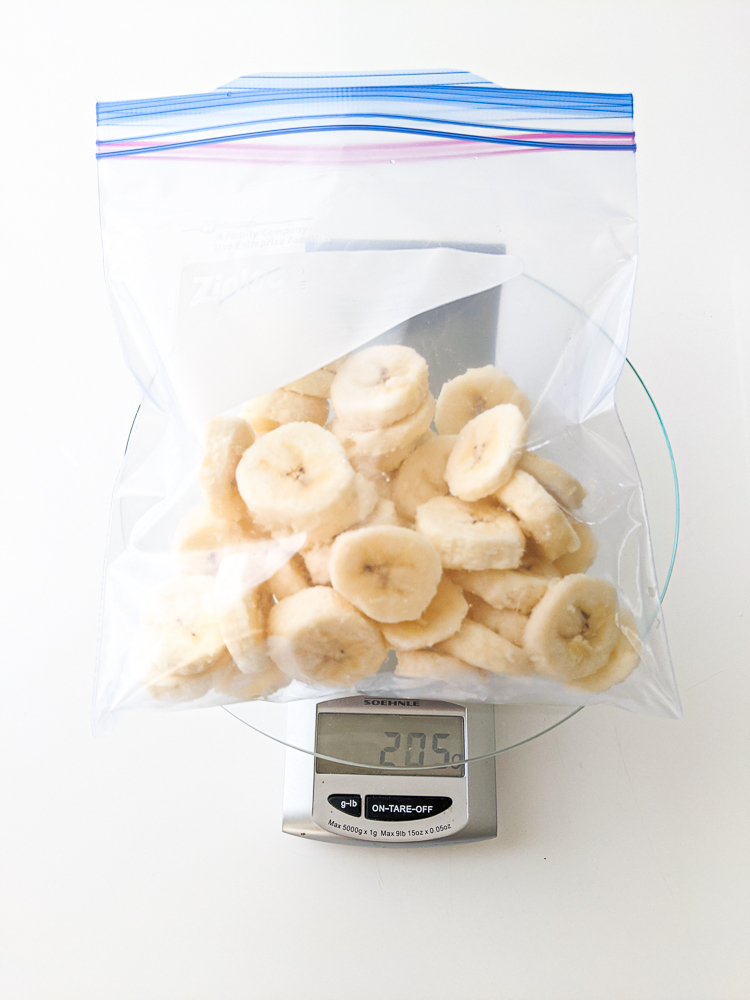
I place them in a freezer-friendly food storage bag and label them.
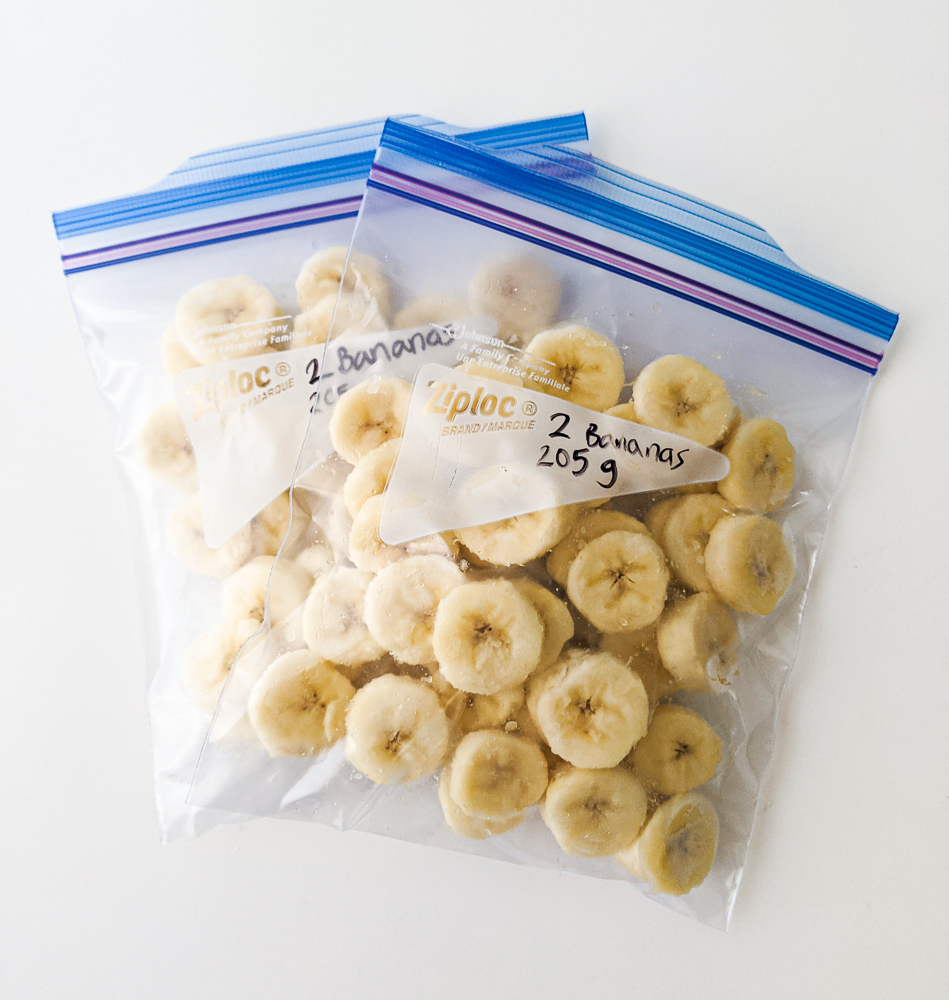
Below is what the sliced bananas look like after they’re frozen overnight.
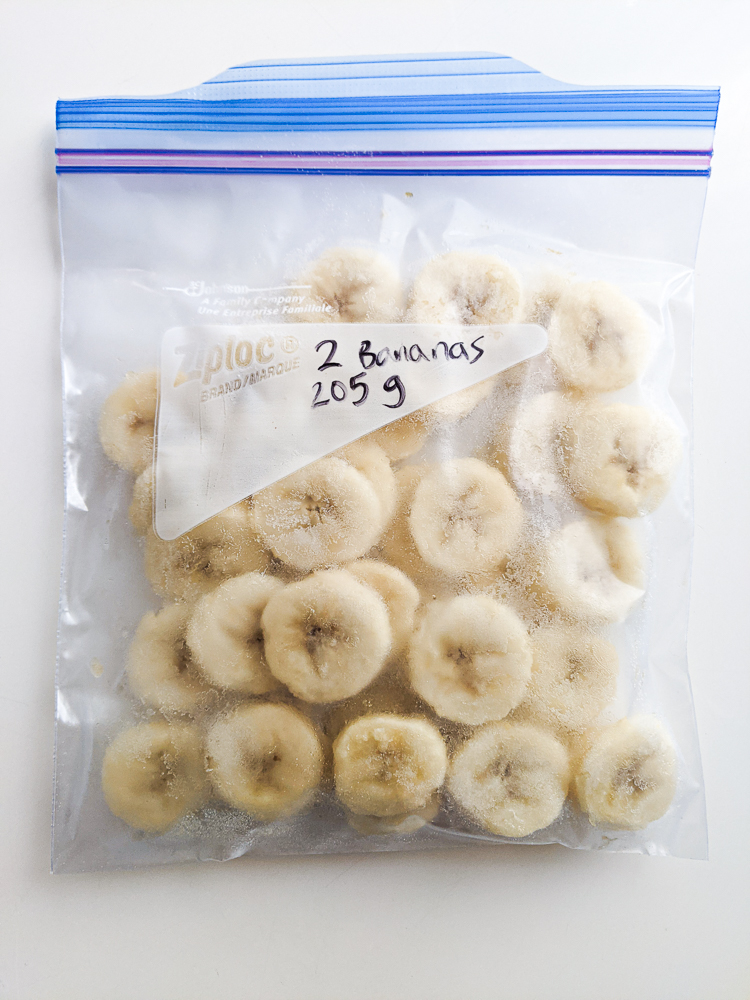
As you can see, I shook the bag around to show that the slices aren’t sticking to one another which means that removing them from the bag is easy peasy.
If I wanted to take out only one banana I would just take out the correct amount by weighing it and it should be around 102 grams. Simply pouring the banana slices into a small bowl on the kitchen scale can help with that.
Happy smoothie making!













